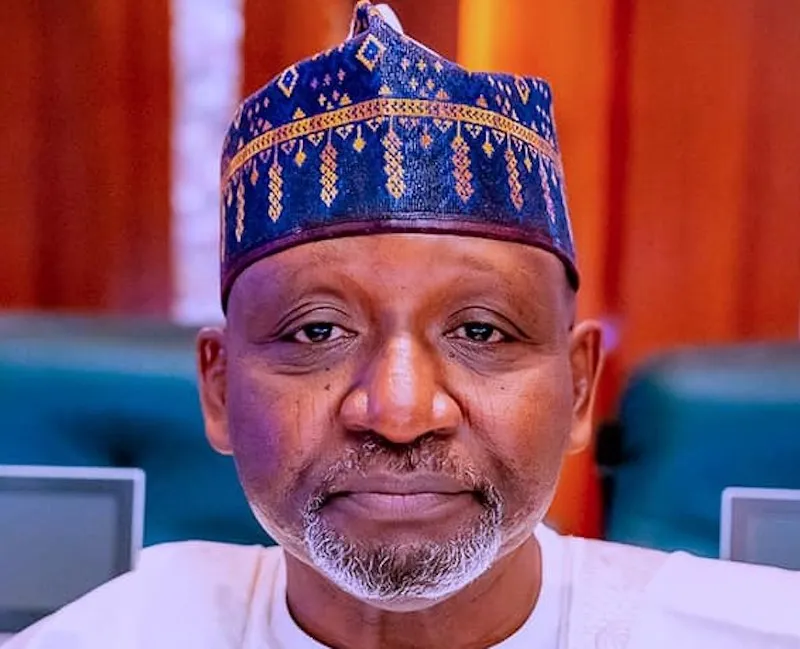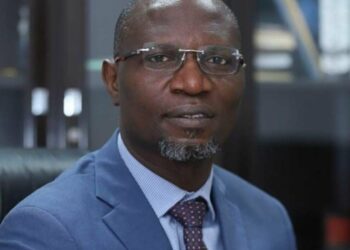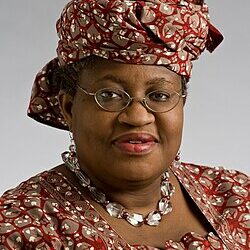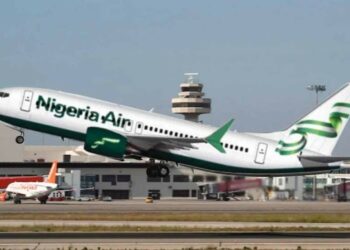Experts in the nation’s aviation sector have rued the non-linkage of the Lagos, Abuja and Port Harcourt airports by rail.
The experts, under the aegis of the Aviation Safety Round Table Initiative (ASRT), however, declared that the sector had performed below par, saying, 42 percent of work still in progress, while 52 per cent of work remained unscratched.
The aviation experts expressed optimism that the newly-commissioned blue and red line rails in Lagos State would share links with the airport terminal buildings.
Speaking at the first quarter Breakfast Business Meeting (BBM) in Lagos, entitled: ‘Aviation in Nigeria Beyond 2023 General Elections: Challenges and Prospects,’ which had an economist, Prof. Patrick Utomi, as a guest speaker with an invitation to frontline presidential candidates, the president, ASRT, Dr. Gabriel Olowo, wondered whether there were no plans to link the airports before the project were conceptualised.
According to him, absence of rail system has made inter-terminal access very cumbersome for air travelers and users of the aerodromes.
“The light rail line in Abuja does not connect to the airport terminal building either. Were there no plans before these projects were executed?” He asked. He continued, “one could only hope the newly-commissioned Blue and Red Line rails in Lagos would share links with the airport terminal buildings,” he said.
Dr. Olowo, who stated that Nigeria has the poorest system in accessing major airport terminals in Lagos, Abuja, Kano, and Port-Harcourt airports, said, the plan by Bi-Courtney Aviation Services Limited (BASL), operators of the Murtala Muhammed Airport 2 (MMA2), to build a light rail to link both the domestic and international Lagos airport terminal was thwarted by the federal government since the inception of the commissioning of the terminal in April 2007.
Olowo stated that the future of the Nigerian aviation industry largely depends on how the sector deals with the numerous challenges currently impeding its development.
He, however, added that, with the 2023 general elections in view, it was quite incumbent to prepare for the future of aviation in Nigeria.
Speaking on how the aviation industry fared in the last seven years of the current administration, Olowo said, “The group took a holistic view of the sector in eight years of the current administration and passed a verdict that six per cent of recommendations were implemented; 42 per cent of work still in progress and 52 per cent of work remained unscratched, disclosing that the sector had performed below par.
“Analysing the government’s key performance indices as a national carrier project which he said is a stillbirth owing to the plans by some domestic carriers to truncate the projects by going to court to stop the project. The hearing of the matter comes up on February 16, 2023.
“Others are National Maintenance Repair Overhaul (MRO) which is unborn; airport concessioning which has remained inconclusive; civil aviation Acts that are rated successful and the transformation of the Accident Investigation Bureau (AIB) to now intermodal transport agency Nigeria Safety Investigative Bureau (NSIB) is said to be successful.”
The group took a swipe at the recent industrial action that paralysed aviation activities penultimate week when workers of Nigeria Aviation Handling Company Plc (NAHCo) embarked on strike. The action paralysed activities in the sector with one airline disclosing that it lost over N500 million to the action.
“Questions calling for answers amidst the avoidable negligence include: who takes responsibility for the financial losses airlines and service providers incurred during the recent strike that disrupted business activities at the airport? Poor communication and crisis management exacerbated the strike’s collateral damages. A domestic carrier reportedly lost 500 million Naira due to MM2’s abrupt shutdown.
“The ASRT strongly condemns the strike and management’s inadequate response. With apologies, adequate compensation should be provided to all parties affected. Regrettably, if the plan of change is not higher than the pain of remaining the same, people don’t change,” he pointed out.





